Every year around the summer solstice, we see the lowest tides of the year along Salish Sea/Puget Sound shorelines. While there are almost as low tides in December, wouldn't you rather explore the beach in June too?
You'll find me out there clutching my camera(s), roaming the beaches near my home. I'm fortunate that there is a great beach for exploring only a 10-minute drive away. Volunteer naturalists from places like the Seattle Aquarium are out there to answer questions and point things out.
It's a beach party.
About a dozen years ago, a wasting disease gutted the sea star population along the West Coast of North America (I'm not sure about elsewhere). So I've been thrilled the last few years to see so many healthy sea stars, which I grew up calling starfish.
 | |
| Ochre sea stars, crimson red sea cucumbers lurking below to the right. |
Last year I spotted a now-rare sunflower sea star that looked healthy, which was a find. Sea star wasting disease killed more than 90% of the sunflower sea stars, according to the National Oceanic and Atmospheric Association.
 |
| Sunflower sea star, partially in shadow. |
Knowing parking would be difficult near the time of the lowest tide, I came about an hour early and parked at the lot halfway up the hill and walked down, two cameras and my smartphone in hand. After about a 15-minute walk down to Golden Gardens Park in north Seattle, I finally got to the beach and bee-lined towards water's edge.
I stepped carefully, trying to avoid the rich eelgrass habitat and inadvertently stepping on livings things like anemones, crabs, sea stars, or other tidelands life.
“When the tide is out, the table is set” is a familiar saying among Native communities on the Northwest Coast. They developed traditional ecological knowledge that was passed down for generations about intertidal marine resources. I thought of this when I passed a crow jumping around, looking for a meal. And when a squirt of water from a clam burrowed beneath the sand hits me.
Big, flat expanses of exposed sandy beach don't provide the best low tide beachcombing. Instead, I headed to the north beach, where there are more boulders, with sea stars, anemones, sea cucumbers, and such clinging to the large barnacle-encrusted rocks.
So many rich colors, shapes, and textures! I'm no naturalist, but I do wonder how their coloring has evolved.
While I roamed quickly during the relatively short low tide window, trying to see as much as possible, chatting with others, calling out when we spot a juicy find, I considered a different path I might have taken in marine biology. But I didn't consider it for long, as I lacked the patience required for scientific methodology in most of my science classes.
Mostly, when I'm out there at our lowest tides, I'm just excited to spot weird, wonderful, and colorful flora and fauna.
How about you? Have you done much low tide exploring here, or anywhere?
Happy trails and thanks for visiting Pacific Northwest Seasons! In between blog posts, visit Pacific NW Seasons on FaceBook, Twitter, and Instagram for more Northwest photos and outdoors news.

.JPG)














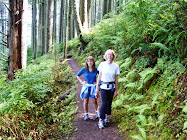

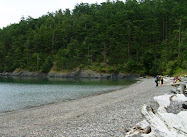




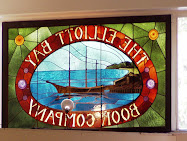
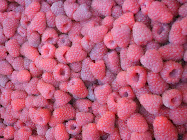
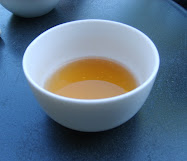
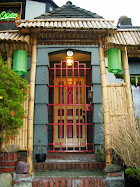


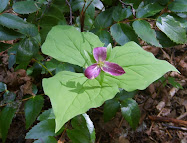

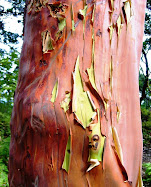

4 comments:
Love this! Like you I could spend forever exploring tide pools. The colors, the shapes, the life - so full of surprise and beauty!
Wonderful descriptions, love the photos. Tide pools are the northwest child's summer adventure- sure that we both remember those beach adventures- followed by horrible sunburn. And, as adult kids we still love them, Mary Lou
I so miss exploring the beaches of the Pacific Northwest. I loved collecting beach glass, assorted bird feathers, vacated shells, and oddly shaped driftwood to make Beach Collages from. Every now and then I'd find a small glass float. I loved lifting up a rock or two to watch the little crabs scurry to find shelter. Many years ago I belonged to Pottery NW...it was housed at the Seattle Center. We earned kiln hours if we brought in clay. So, occasionally, I'd hike down to the beach below Ft Lewis (to the area where the Daybreak Center is now) and dig blocks of clay. I'd transport them in heavy plastic bags. We still have family members living in Perkins Lane, where our descendants first set foot on land, who built a small home that has been added on to and rennovated over the years, They would eventually build the third and forth home on Queen Anne, after helping de-nude the top of the major hills in Seattle, so they could be built on. So... I had great beach access through that property to the beach. They had more rocks and boulders there so seeing starfish was easy. On days where the tide was long, it was sooooo fun to walk all the way out, then zig zag back to the begining. Being squirted by clams was kind of a fun game back then. Jill...if I close my eyes, with everything still and quiet, I can hear the lapping of the the water as it rushes back in... smell the salt air, and even hear the far off sound of a horn from one of the Ferry's. I could set my watch for the next train to rumble by....and if the tide was out far, I'd run along on the beach until the train passed me by. Thanks for the beautiful post. So happy to read that the starfish are making a strong comeback.
Amazing photos!
Post a Comment